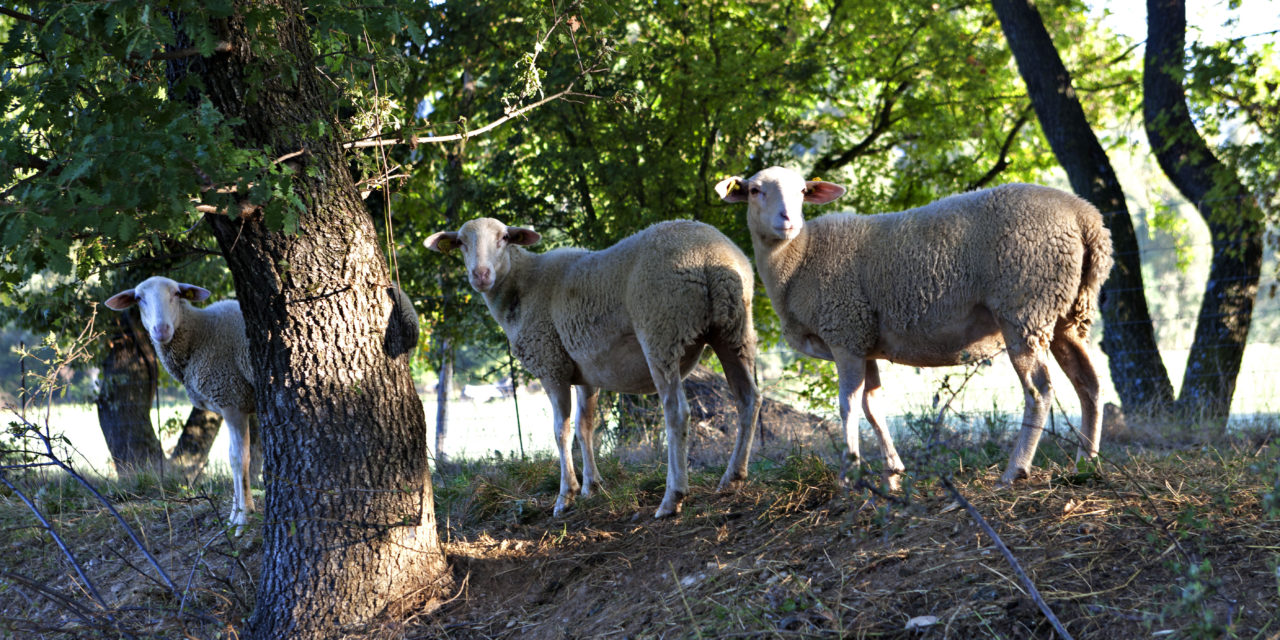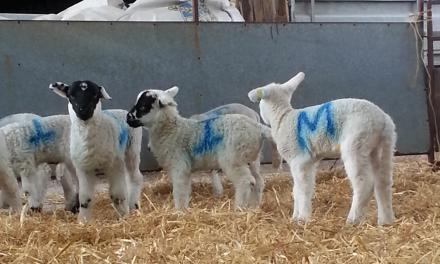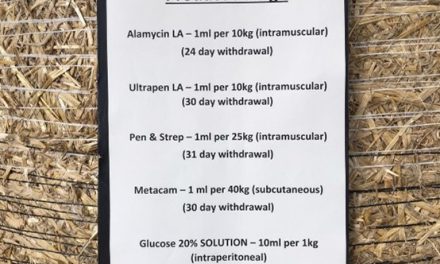This post is also available in:
![]()
![]()
![]()
Management of replacements
Factsheet name: Management of replacements
Need / Issue: Management of replacement ewe lambs
Introduction:
Ewe lamb management is quite pertinent in a sheep production system and provides great benefits on maximizing the profit. Replacements are a major cost in mid-season lamb production systems. The cost of a replacement ewe joining the flock at approximately 18 months of age is equivalent to 25% of the value of lamb carcass output that she will produce during her lifetime. One option for reducing replacement costs is to breed your own ewe lambs. These ewe lambs would lamb at one year of age with the objective of reducing costs and increasing lifetime productivity. Breeding ewe lambs can have many benefits but good management is required and it reduces replacements cost and thus improves farm net margin. More and more producers are home raising ewe lambs rather than purchasing yearlings or “short-term” ewes. This is a sound approach because breeding 7 to 8 month-old lambs to lamb at about a year of age has these advantages;
-gets ewes into production about a year earlier, thereby reducing maintenance cost,
-shortens generation interval, resulting in more rapid genetic improvement,
-increases lifetime production,
-identifies ewes that are more productive and reduce health risks bringing in the sheep flock.
Selecting flock replacements
Selecting replacement ewe lambs that are genetically superior is basic to have a productive, profitable flock. About 15-20% of the flock needs to be replaced yearly just to maintain constant flock size. Breeding ewe replacements from within your own flock has a number of advantages including allowing you to breed the best performing ewes in the flock with a high genetic merit maternal sire. The system allows you to breed the best performing ewes in the flock with a high genetic merit maternal sire. Ideally, potential ewe lamb replacements are first identified at birth using criteria such as lambs born without assistance, vigorous and up sucking quickly, dam has lots of milk and good mothering ability. Permanent identification is needed using EID tag, management tag or ear notch. At weaning, this group of potential replacements can be selected from based on lambs that are structurally sound, healthy, have good conformation and well grown for their age.
Challenges:
Breeding ewe lambs can work very well but good management is essential. Lambs need to be at the correct weight joining the ram. Weight at joining the ram is important and will have a big effect on pregnancy rate and litter size, the number of lambs weaned, and the weight they are at the following breeding season when they are hogget’s. Lambs need to be 56-65% of their mature body weight depending on breed at the time they go the ram Nutrition during pregnancy is also very important, not only are you feeding to grow the foetus and to maintain the ewe you are also feeding so the ewe lamb will develop, grow and put on weight. Ewe lambs need to be introduced to concentrates earlier than mature ewes to keep them growing. Another challenge faced by farmers are good facilities, which are required when breeding replacement ewe lambs. Adequate rams for breeding are necessary along with good facilities at lambing especially lambing pens. Ewe lambs will require an extra day in a lambing pen compared to a mature ewe so extra space is needed. Post lambing extra management and feed is required. A ewe lamb with twins should get concentrates for five weeks post lambing, and lambs should have access to a creep feeder, and get 300 grams per lamb per day to take the pressure off the ewe lamb. They should be managed in a separate group from the mature flock. More inputs are required such as feed and infrastructure and it will not suit every system, however there are many benefits to breeding ewe lambs, in particular an increase in lifetime production and a reduction is costs. The often discussed labour requirements with ewe lambs, can discourage farmers from implementing this breeding system, however, when examined the benefits of productivity and reduced costs are significant.
With good husbandry and nutrition, lambing ewe lambs could improve the financial viability of sheep systems and reduce the number of breeding females kept. How to breed from ewe lambs successfully:

Topic: management
Production: Dairy / Meat
Animal Category: Replacement
Key messages
-Ewe lambs have lower fertility than mature ewes, but higher lifetime production if managed well
-Lambing replacements as ewe lambs will provide a source of income
-Lambing ewe lambs could reduce the greenhouse gas emissions generated per kilogram of carcase meat produced by approximately 9.4% over six years
-During early and mid-pregnancy and lactation, ewe lambs require 20% more feed than mature ewes to sustain continuing body growth to achieve 80% of mature live weight when tupped as shearlings
-Ewe lambs do not require additional feeding in the last six weeks of pregnancy – this can lead to large lambs
-Ewe lambs have lower fertility than mature ewes, but higher lifetime production if managed well
-Lambing replacements as ewe lambs will provide a source of income
-Lambing ewe lambs could reduce the greenhouse gas emissions generated per kilogram of carcase meat produced by approximately 9.4% over six years
-During early and mid-pregnancy and lactation, ewe lambs require 20% more feed than mature ewes to sustain continuing body growth to achieve 80% of mature live weight when tupped as shearlings
-Ewe lambs do not require additional feeding in the last six weeks of pregnancy – this can lead to large lambs
Top tips for managing ewe lambs
Ensure ewe lambs are managed separately from shearlings and mature ewes all year round
- Ensure you Pregnancy scan to identify non-pregnant animals and litter size
- Ideally, ewe lambs should produce and rear one lamb, with spare lambs fostered
- The lambs of ewe lambs should be creep-fed and weaned at 9–12 weeks of age






